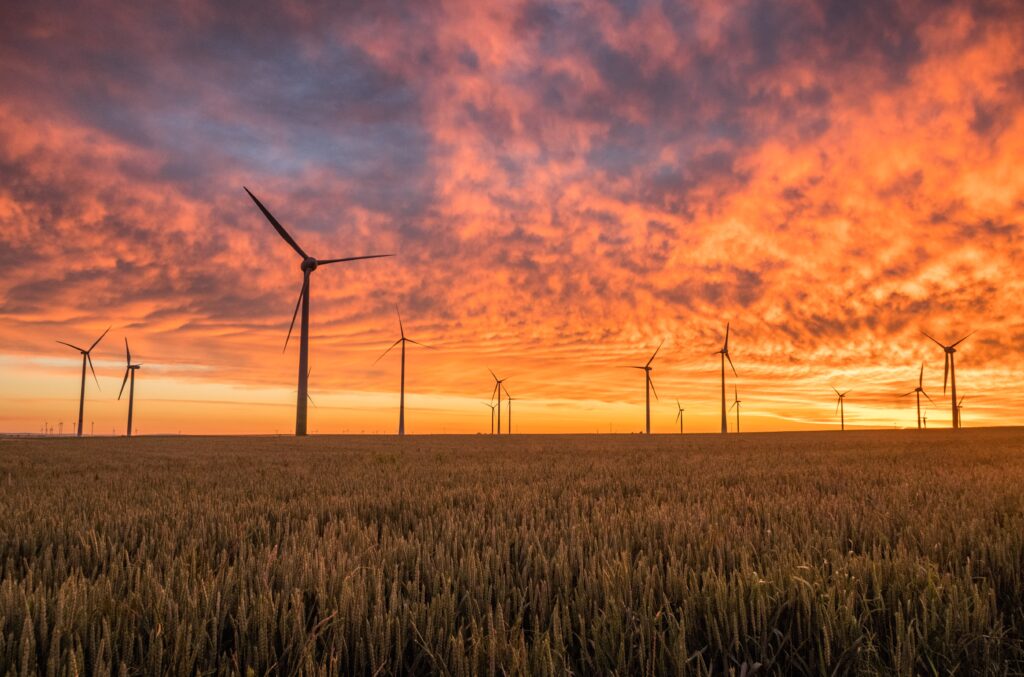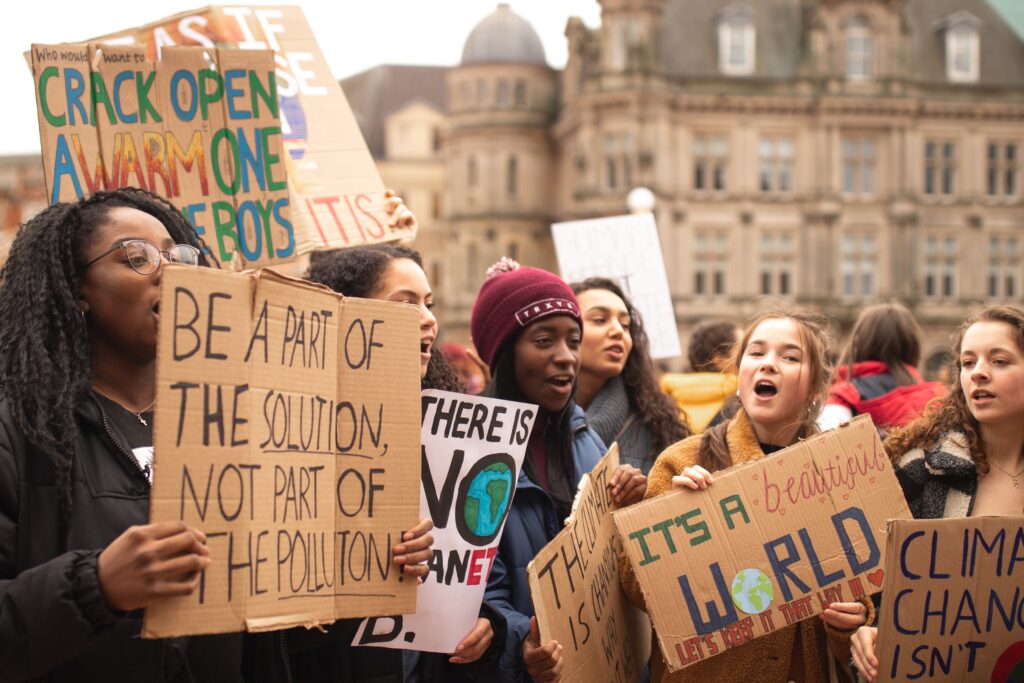This post was written by:
Josh Kriesberg ’22
Contributing Writer
Connect with Josh on LinkedIn

The planet is burning, but make no mistake, this is not another sob story about mother nature. This is a story of opportunity.
As world leaders meet at COP26, they’re discussing what it will take to address the climate crisis. But what exactly is needed? Paradoxically, the same human activity that got us into this mess has the best chance of helping us dig ourselves out. The same way Thomas Newcomen changed the world with the steam engine, entrepreneurs today have the chance to reinvent our way of life, our economic system, and, yes, our relationship with mother nature.
While that challenge may seem daunting, the world has never been more prepared for this moment. Brands like Kind, Patagonia and many more are showing that customers, job seekers, and, yes, even investors, react positively to genuine efforts by business to make the world a better place. This is not your parents’ world. In 2011, JPMorgan, the Rockefeller Foundation, and the Global Impact Investing Network (GIIN), published a report claiming impact investment would reach between $400 billion and $1 trillion in assets under management by 2020. Mercifully, 2020 has come to pass and in fact, GIIN estimates impact investing reached $715 billion in assets under management. The International Finance Corporation (IFC) put the estimate even higher: $2.1 trillion[1]. What will this figure look like by 2030?
Furthermore, governments across the world are turning their attention to this opportunity. Beginning with the Paris Agreement in 2015, nations have been devoting resources to spur innovation, recognizing that the nation who produces the next great innovator has more to gain than simply financial returns.
Morocco recently invested over $600 million in the worlds largest concentrated solar farm. Situated on the edge of the Sahara Desert, it stretches more than 3,000 hectares in area – the size of 3,500 football fields[2]. Many European nations have made strong commitments to reduce their impacts on the climate and have created funding opportunities for entrepreneurs to research, develop, and commercialize new products.
Here in the US, the Biden Administration includes funding for innovation as a key component of the domestic agenda and a new infrastructure bill earmarked $47 billion for combating climate change. The reality is that national political desires can change on a whim, as administrations change, and new issues become priorities. Locally, however, clean energy initiatives have tremendous opportunity to save people money, increase quality of life, and create opportunities for breakthroughs across all income levels and ways of life. Between the growth in impact investing and the proliferation of government funding programs, entrepreneurs looking for their big breakthrough or their next financing opportunity would be foolish to ignore these bountiful sources of capital.
The SI-MBA program is lucky to have Stuart Hart as a founding member and professor of Business Strategy. Professor Hart is the author of Capitalism at the Crossroads and a leading voice on reinventing capitalism with an eye towards creating sustainable value. In a recent conversation, he remarked:

“The stars may finally be aligning when it comes to clean tech entrepreneurship: exponential clean tech evolution combines with the emergence of patient capital, supportive Next Gen, corporate purpose, and a shift from neoliberalism to an activist government focused on creating a sustainable future.” – Stuart Hart
Professor Hart’s class and the entire curriculum at SI-MBA prioritize sustainable innovation and entrepreneurial spirit. There’s never been a better time to join this movement and simultaneously become a leader in business and an advocate for sustainability.
It’s clear we’ve reached a unique inflection point in our shared history. For generations we’ve chased GDP growth as the holy grail of societal welfare. However, as David Attenborough succinctly said during COP26, “No nation is yet ‘developed’ because no nation is yet sustainable.” Wrapping our minds around such a large challenge is daunting, but great moments are born from great opportunities. Entrepreneurs seeking ‘the next big thing’ need not look any further. The breakthrough is upon us, for those bold enough to reach out and take it.
[1]Lamy, Y. S., Leijonhufvud, C., O’Donohoe, N., & Lamy, Y. S. (2021, March 16). The next 10 years of impact investment (SSIR). Stanford Social Innovation Review: Informing and Inspiring Leaders of Social Change. Retrieved November 5, 2021, from https://ssir.org/articles/entry/the_next_10_years_of_impact_investment.
[2] Shields, N., & Masters, J. (2019, July 16). Morocco in the Fast Lane with world’s largest … – CNN. cnn.com. Retrieved November 5, 2021, from https://www.cnn.com/2019/02/06/motorsport/morocco-solar-farm-formula-e-spt-intl/index.html.
